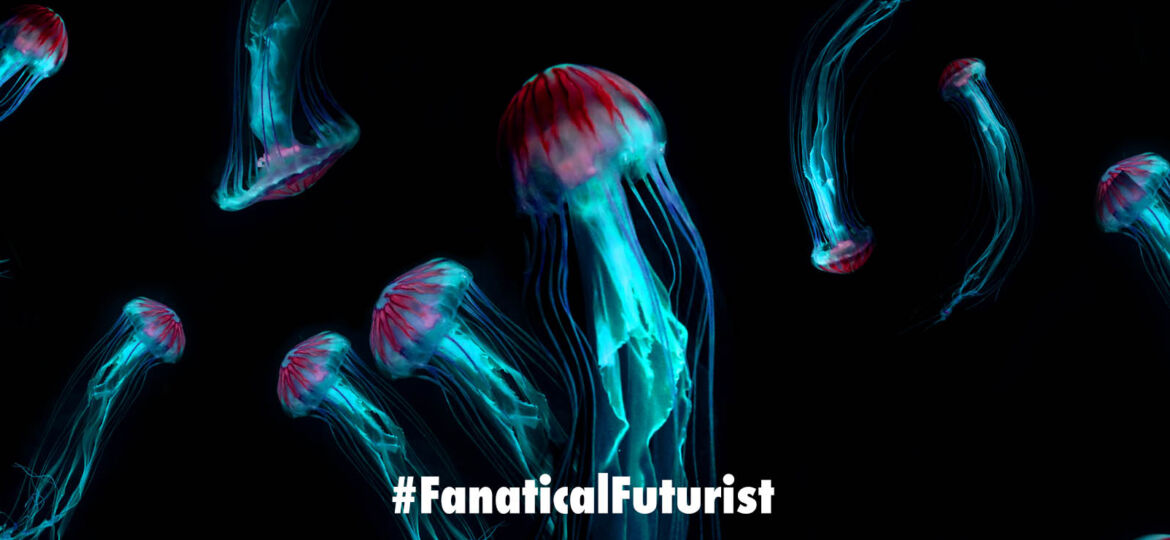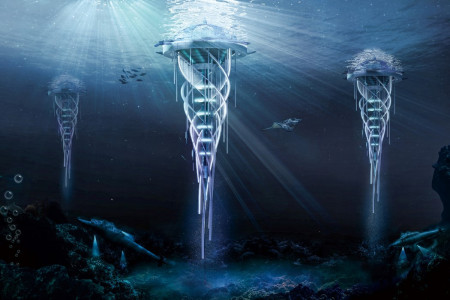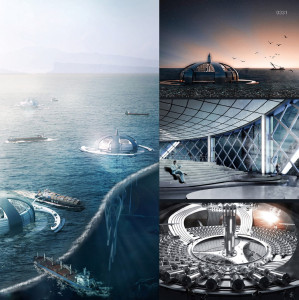
WHY THIS MATTERS IN BRIEF
Crazy designs sometimes have a way of becoming real, and while this concept combines various different technologies together this is one that might never be built …
 Love the Exponential Future? Join our XPotential Community, future proof yourself with courses from XPotential University, read about exponential tech and trends, connect, watch a keynote, or browse my blog.
Love the Exponential Future? Join our XPotential Community, future proof yourself with courses from XPotential University, read about exponential tech and trends, connect, watch a keynote, or browse my blog.
The idea of completely rejecting fossil fuels isn’t new and there are plenty of alternative kinds of energy that we can use. Electricity, solar energy, hydrogen combustion, all prove to be incredible substitutes for ‘dirty’ fossil fuels, although some believe there’s another abundantly available alternative – combustible ice on the ocean floor. Little talked about this combustible ice is found in truly massive quantities at the bottom of the oceans where these ice-shaped masses are made when water and natural gas, like Methane, get frozen together.
Also known as Methane Hydrate or flammable ice, which sometimes bubbles up to the surface of lakes and catches fire, which then makes it look like they’re on fire, this white snow-like mass burns to release water and methane as by-products, and as a result some believe its abundance could help offset the world’s current carbon crisis by shifting society to the next best thing, and into the oceans … something which the UN has now actually approved as the Maldives government begins work on the world’s first ocean based city.
Now, to harness this energy a team has designed an interesting new kind of inverse, upside down, skyscraper that uses this energy source as its prime fuel source. The Drilling Water-Scraper as it’s known is a conceptual architectural design that received an Honourable Mention at the 2022 eVolo Skyscraper Competition.
In the designs the water-scrapers extend downwards to the ocean bed, mining it for combustible ice, while the upper half gathers plastic waste from the ocean, effectively cleaning it.
There are two main moving lines in the building – the downward materials, and the upward energy. Among them, the energy tower transforms the plastic waste in the sea into 3D printing materials, and then prints the building and energy tank down along the core cylinder thereby turning itself into a building and continuing to “grow” as it prints itself. The mined ice is then pressurized and liquefied before being stored in the water-scraper’s energy tanks, and then cargo ships make their way to the scrapers, collect this energy, bringing it to the cities.


















